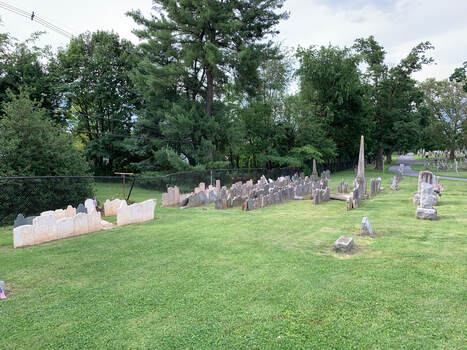 One of the most interesting areas within Mount Olivet Cemetery is labeled as NN. Here, stones are tightly packed together, many of which marking the graves of folks born before 1854—the year our cemetery opened for burials. Three local churches would buy lots in this small section that once marked the northwest extent of Mount Olivet before additional ground to the west were opened around 1910. In 1908, bodies originally interred in Frederick’s Methodist Episcopal church graveyard were placed here, along with decedents brought from Evangelical Lutheran’s former burying ground (at today’s Everedy Square corner of E. Church and East streets) and others formerly resting in the Presbyterian burial ground on the northwest corner of N. Bentz and Dill Ave. I have written stories on others buried within Area NN, which was neatly laid out in rows with the inhabitants of each of the three fore-mentioned cemeteries in distinct sectors according to congregation—from left to right, Methodist, Lutheran, Presbyterian. Adjacent our boundary fence, a non-Frederick name on a stone jumped out at me. It is in the back row, right side, of the “Methodist section.” The decedent is Sarah Galezio. The brief “story on the stone” says that Sarah was the consort of one, Charles Galezio, and that she died on October 8th, 1833 aged 46 years, 4 months and 9 days. Now Galezio is my focus for this story, but while I’m here, I want to mention the funerary phenomenon of the word “consort.” One can find that many women buried in our cemetery bear a descriptor on their stones in an effort to give context to a man of note she is related to. Now, I’m not trying to “stir the proverbial sexist pot” here, but “stations in life” carved into marble and granite grave markers are abundant. These include “wife of,” “daughter of,” “grandmother of,” “aunt of,” and “widow of.” On much older stones, the term consort or relict was used to describe the woman’s marital status. From the 17th through 19th centuries, consort was usually used on the graves of women, although a man could also be a consort. The word consort was normally used in this manner: ‘Sarah--consort of Charles Galezio,’ in which consort meant that Sarah was Charles’s spouse and died before her husband did. There is no other information listed. The fact that she was married to Charles is all that’s left as a reminder of her life and identity. Oh, and our cemetery database report that she was the mother of Charles and Mrs. Margaret Hobbs. Again, this was a name I was not familiar with in the annals of Frederick history—so what better reason than to go “in search of,” right? Well, I didn’t expect to find much, but would be pleasantry surprised with what I did “uncover”—however, maybe not the best word use when referring to cemetery-based research of this kind.
Our records record Sarah’s birthdate as May 30th, 1787, but no parents named, and a burial date in Mount Olivet of June 4th, 1895. She actually was buried three times as the 1895 date marks her removal from the Methodist Episcopal Church’s graveyard to Area Q, Lots 252-253. In January, 1908, the Methodist churchyard burials were removed to her present resting spot in Area NN, Lot 123. Thank God once again for the internet! I mean, it would have also been quite possible to find a short biography on my subject of this week’s blog (Sarah Galezio) had I been researching, in person, within the New York Public Library, specifically the stacks within the Astor, Lenox and Tilden Foundations. I’m sure that a work titled Ancestry and posterity (in part) of Gottfried Frey, 1605-1913 would have easily fallen in my hands. This book is a family genealogy written by Samuel Clarence Frey and published by Dispatch-Daily Print of York, Pennsylvania in 1914. Of course, the world wide web led me to an online version after a few short word/name searches utilizing the Google search engine. I have since found that Frey’s book can be found in college libraries across the country, and also a hardcover reprint can be purchased on Amazon.com for $28.95, and if you have a Prime account, shipping is free and you could have in two days time! But, I digress. Here is what Samuel Clarence Frey had to say about his distant cousin buried in our fair cemetery: “SARAH ANN CATHARINE FREY, the fourth child of Godfrey, was born in Montgomery County, Md., May I, 1789. Somewhat to the surprise, if not annoyance, of her conservative German father, when she was but sixteen years old she married an Italian music teacher, Charles Antonio Cazemere Galezio, born at Turin, Italy, March 4, 1773. He was a highly educated man, having been fitted for the priesthood; but left Rome and came to America, where he secured a position of some sort in the Navy, serving under Commodore Decatur. He spoke seven languages, and acted as interpreter for some of the foreign Legations. Two years after marriage, he was ordered on a naval cruise, and their first child was born at Sandy Springs, Montgomery County, Md (presumably Godfrey's home) during the father's absence, and was three years old before she saw him. The other children were born at Frederick. Md., where, after a little over fifteen years of married life, Charles died, in 1821. His widow survived him until October 9, 1833. From this union sprang the following descendants : MARGARET GALEZIO, b. Aug. 5. 1810; d. May 22, 1882. Married Jan. 3, 1833, Rezin Hobbs, Farmer, Frederick. Md. ANNIE VIRGINIA HOBBS. b. Oct. 17. 1835. Married Oct. 7, 1856, Richard Linthicum Waters, b. Feb. 18, 1834; d. Sept. 6, 1884, Farmer, Howard County, Md. (*granddaughter of Sarah) SARAH MARGARET WATERS, b. July 22. 1857. Married, May 31, 1887, Thomas Edward Denoe. b. Apr. 25. 1846. Retired Grocer, Baltimore.” (*Great granddaughter of Sarah) Another child is mentioned a little later in Mr. Frey’s family history. This was Sarah (Frey) Galezio’s only son, named Charles after his father: “CHARLES GODFREY GALEZIO, b. Aug. 27, 1815, at Frederick, Md.; removed to Athens County, Ohio when a young man, living first at Chauncey and later at Wapatoneka. He was the first Recorder of the county, and a prominent Mason. At the outbreak of the Civil War he went to La Porte. Indiana, and enlisted, becoming a Lieutenant. At the expiration of his term he re-enlisted as a private and served until the end of the war, under Sherman, participating in the March to the Sea and the Grand Review at Washington. Died, Oct. 9. 1882, at the home of one of his daughters at La Porte. Ind. Married Sept. 16. 1838, Joanna S. Herrold, b. Mar. 21, 1822; d. Aug. 19. 1848. ALEXANDER HARPER GALEZIO. b. June 20. 1839; d. Aug. 16, 1846. ADELAIDE LOUISE (GALEZIO, b. Nov. 28. 1841. Sister M. Aloysia, in Convent at Glandorf, Ohio. MARY VIRGINIA GALEZIO. b. May 15, 1844. Married Apr. II, 1867. Charles R. Baird, b. Apr. 1832, Farmer, La Porte, Ind.” Wow, again, you can learn so much about a person in a cemetery when you start digging. Again, maybe not the best word use, but you catch my drift. Sarah Galezio was now coming more into view for me. Now unfortunately, the problem with genealogy, especially when researching women in earlier times, is that most available information primarily focuses on those contextual others such as parents, husbands, children, cousins as they seldom held occupation titles of note, ran businesses or performed military service. Thus, these incredible ladies are simply a reflection of the deeds/professions of their husbands, fathers and sons. This in addition to the incredible work done in keeping homes, birthing/rearing children, and supporting husbands—some of which were true “pains in the ass!” Sad but true, and more so frustrating. We get lucky sometimes in finding personal letters or accounts of these women. Diaries can also be helpful in shedding light on one’s family and friends, or can paint an incredible picture of the personality of a diary keeper, be him man or woman. And you can’t talk about Frederick, Maryland and diaries without a mention of Jacob Engelbrecht who kept a chronicle of life in Frederick from 1818 through to his death in 1878. This quickly became my next research destination. I found a handful of references to the Galezio family in Engelbrecht’s diary. Best of all, Sarah Galezio was mentioned by name in an entry penned by Jacob on October 9th, 1833 at 11am on a Wednesday morning: “Died this morning in the year of her age Mrs. Galezio (widow), mother of Charles Galezio (at Smallwoods) & Mrs. Margaret Hobbs. Buried on the Methodist Episcopal graveyard, of which church she was a faithful member.” Engelbrecht doesn’t give us much, but at least Sarah Galezio’s death was noteworthy enough for him to document. In looking deeper into the diary, I explored a few more entries. Earlier that same year (1833), Engelbrecht mentions the marriage of daughter Margaret to Rezin Hobbs, and two years later, another marriage, that of daughter Sarah to Jacob Yeakle. 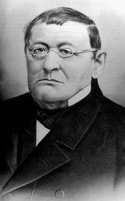 Jacob Engelbrecht Jacob Engelbrecht I did revel in two additional posts made by Engelbrecht in the previous decade, as he recorded the death of Sarah’s husband, or should I say—consort? “Died yesterday (at the Almshouse) in this town, Charles Galezio (barber) a native of Italy and a citizen of this town about six years. Whisky principally occasioned his death. He used to say “if a rich man dies, he died with the consumption but if a poor man dies, then whiskey killed him.” So report says.” Sunday, March 11th, 1821 Jacob Engelbrecht, a tailor by trade and son of a German Hessian mercenary soldier captured and brought to Frederick during the Revolutionary War, recalled one of Frederick’s earliest southern Europeans four years later in 1825: “There was a barber living in this town, 4 or 5 years ago named Charles Galezio (an Italian) who once advertised, for employment, and at the end of the advertisement he had, ‘Call when you will, there’s Charley on the spot with razors keen, and water boiling hot.’ He used to say too, during his lifetime (recollect, he’s now dead). “When a rich man dies, (they say) he died with the consumption, but when a poor man dies, why then whiskey killed him. The latter of which, Charley was tolerable fond of; but there are many more in the world who are fond of the “creature.” March 25th, 1825. 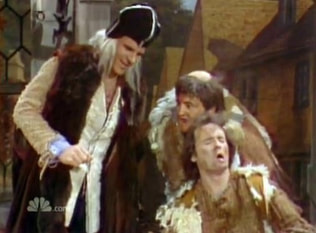 Theodoric of York skit on SNL with Steve Martin, John Belushi and Bill Murray Theodoric of York skit on SNL with Steve Martin, John Belushi and Bill Murray We all know what a barber is, but men of this profession were once called Tonsorial experts. These individuals have an occupation with responsibilities to cut, dress, groom, style and shave men's and boys' hair or beard. Barbering was introduced to Charles Galezio's native home's capital city of Rome by the Greek colonies in Sicily in 296 BC. Barbershops quickly became very popular centers for daily news and gossip. A morning visit to the tonsor became a part of the daily routine, as important as the visit to the public baths, and a young man's first shave (tonsura) was considered an essential part of his coming of age ceremony. A few Roman tonsores became wealthy and influential, running shops that were favorite public locations of high society, however, most were simple tradesmen, who owned small storefronts or worked in the streets for low prices. Starting in the Middle Ages, barbers often served as surgeons and dentists. Some readers, of a certain age, may remember the popular early Saturday Night Live skit featuring comedian Steve Martin as "Theodoric of York, Medieval Barber." In addition to hair-cutting, hairdressing, and shaving, barbers performed surgery, bloodletting and leeching, fire cupping, enemas, and the extraction of teeth; earning them the name "barber surgeons". Barber-surgeons began to form powerful guilds and received higher pay than surgeons until surgeons were entered into British warships during naval wars. Some of the duties of the barber included neck manipulation, cleansing of ears and scalp, draining of boils, fistula and lancing of cysts with wicks. Well, the varying descriptions of Sarah’s consort paint Mr. Galezio as a bilingual music scholar who could quote scripture while giving you a shave and haircut. But a word to the wise, it sounds as if scheduling an appointment with the tonsorial expert would be better before he hits the booze, because he was well- armed with a sharp blade and boiling water. I have no idea what became of Charles Galezio (burial-wise) as he is not accounted for in our records. The old Methodist burying ground was located between East Third and Fourth streets in Frederick, off Maxwell Alley as photographed earlier in the story. I would assume that Sarah would have been buried by her husband's side if he was laid to rest there. The two would have been re-interred together here. If anything else, perhaps he didn’t have a stone, or it was in bad shape and rejected by cemetery authorities which did happen with some of these removals. In any case, he would still be here. My theory is that he was buried at the old Frederick Almshouse, the predecessor to the Montevue Home. This facility was located on the north side of West Patrick Street, just beyond Bentz Street. An old burial ground for the indigent inmates of this asylum was located behind the structure. I don’t know the exact whereabouts of those buried there as the area eventually became the place of residential housing and small businesses like automotive garages. This seems like it could be the most logical answer. Sarah Galezio is here in Mount Olivet, and so are her daughter and two granddaughters. Margaret (Galezio) Hobbs (1810-1881) is buried in Area H/Lot 139, and so is Annie Virginia (Hobbs) Waters (1836-1913). (NOTE: Annie even had a brush with greatness during the Civil War by hosting Robert Gould Shaw in her home. Shaw took command of the 54th Massachusetts "colored regiment" that was heralded in the movie "Glory.")
A five month-old namesake granddaughter, Sarah E. Hobbs, died in December, 1834 and was buried at the Methodist Church originally. She resides a few yards from Sarah Galezio in Mount Olivet's Area NN. Sarah’s son is buried in LaPorte, Indiana. The Civil War veteran attained the rank of 2nd lieutenant with Indiana’s 35th Volunteer Regiment.
0 Comments
Leave a Reply. |
STORIES
|
Archives
July 2024
June 2024
May 2024
April 2024
March 2024
February 2024
January 2024
December 2023
November 2023
September 2023
August 2023
July 2023
June 2023
May 2023
April 2023
March 2023
February 2023
January 2023
December 2022
November 2022
October 2022
September 2022
August 2022
July 2022
June 2022
May 2022
April 2022
March 2022
February 2022
January 2022
December 2021
November 2021
October 2021
September 2021
August 2021
July 2021
June 2021
May 2021
April 2021
March 2021
February 2021
January 2021
December 2020
November 2020
October 2020
September 2020
August 2020
July 2020
June 2020
May 2020
April 2020
March 2020
February 2020
January 2020
December 2019
November 2019
October 2019
September 2019
August 2019
July 2019
June 2019
May 2019
April 2019
March 2019
February 2019
January 2019
December 2018
November 2018
October 2018
September 2018
August 2018
July 2018
June 2018
May 2018
April 2018
March 2018
February 2018
January 2018
December 2017
November 2017
October 2017
September 2017
August 2017
July 2017
June 2017
May 2017
April 2017
March 2017
February 2017
January 2017
December 2016
November 2016

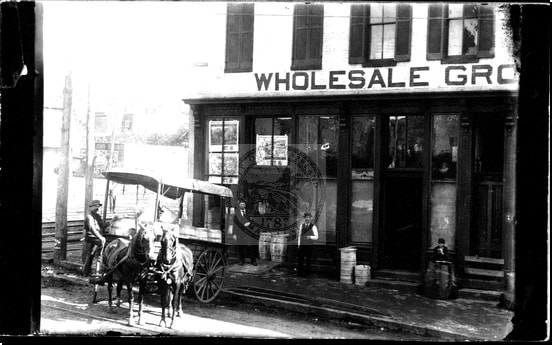
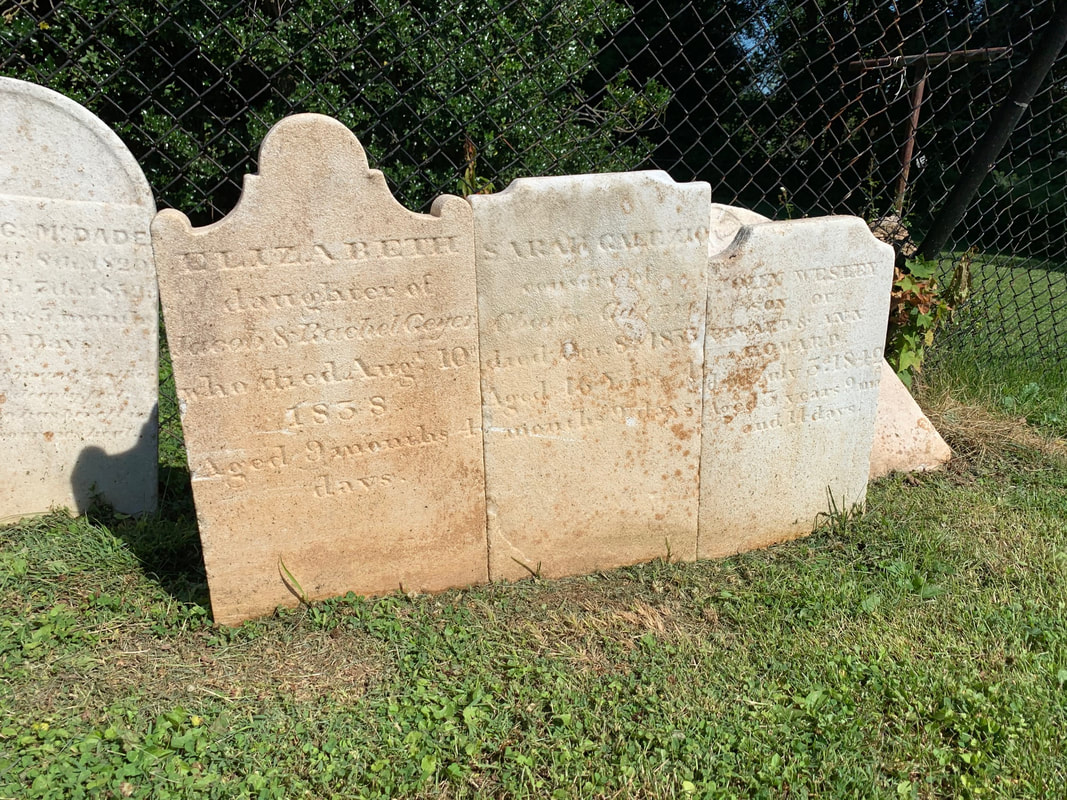
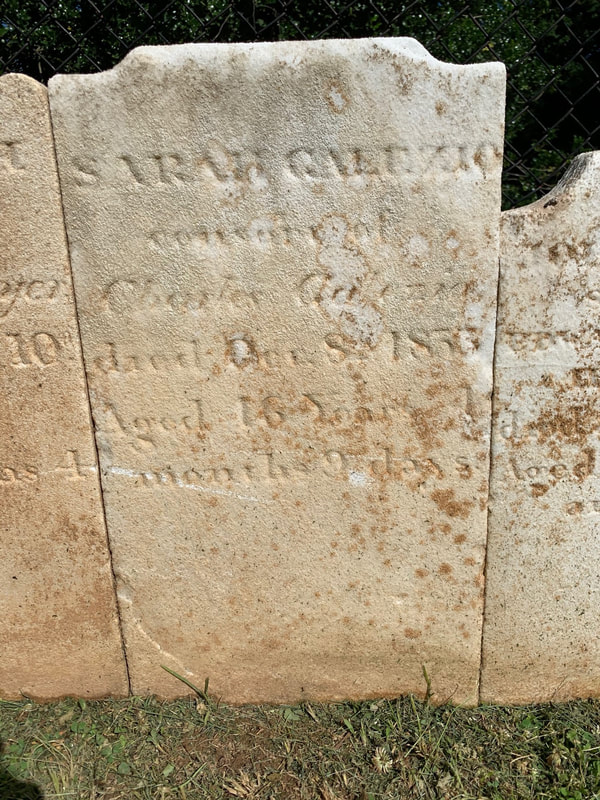
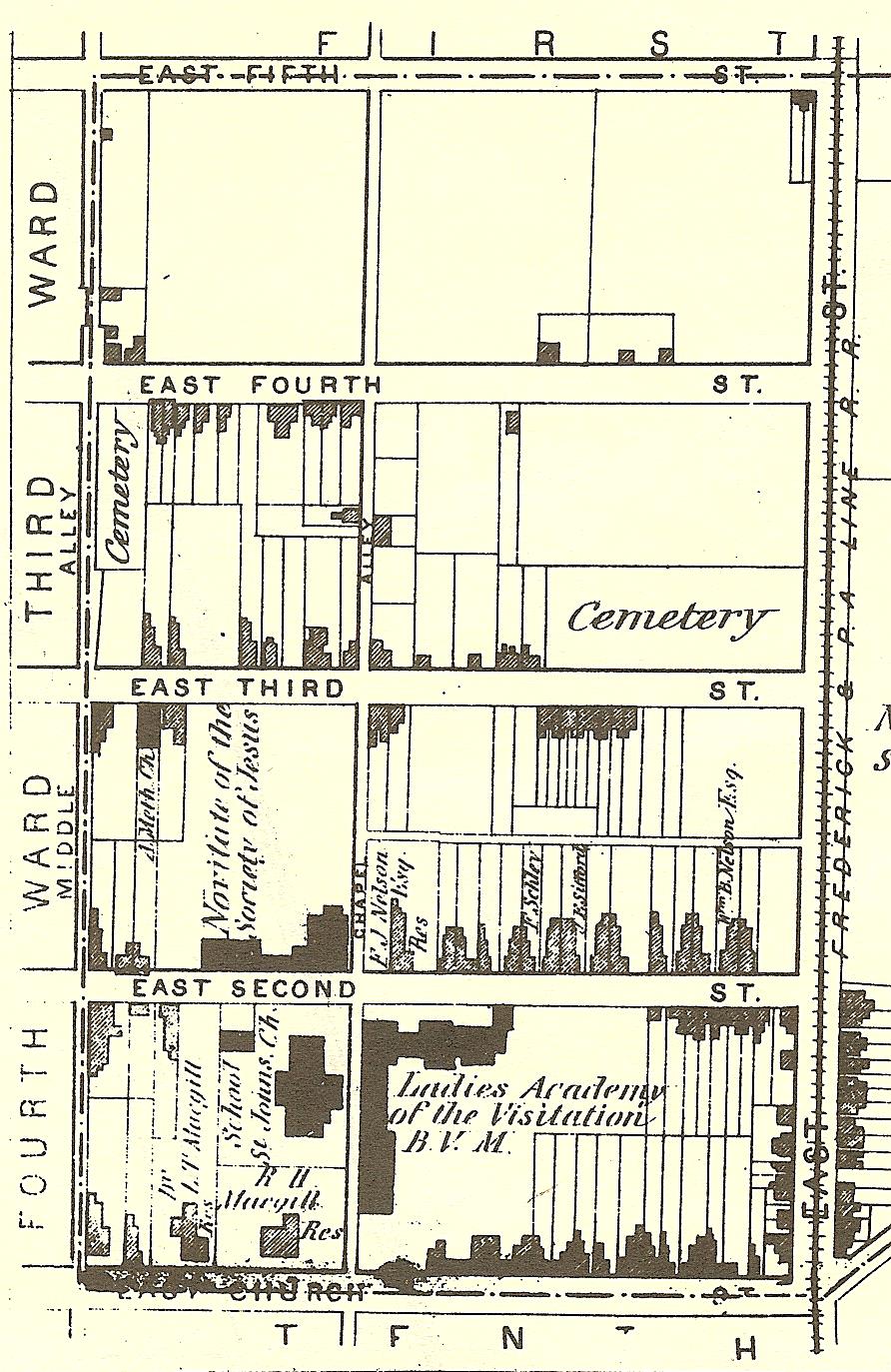
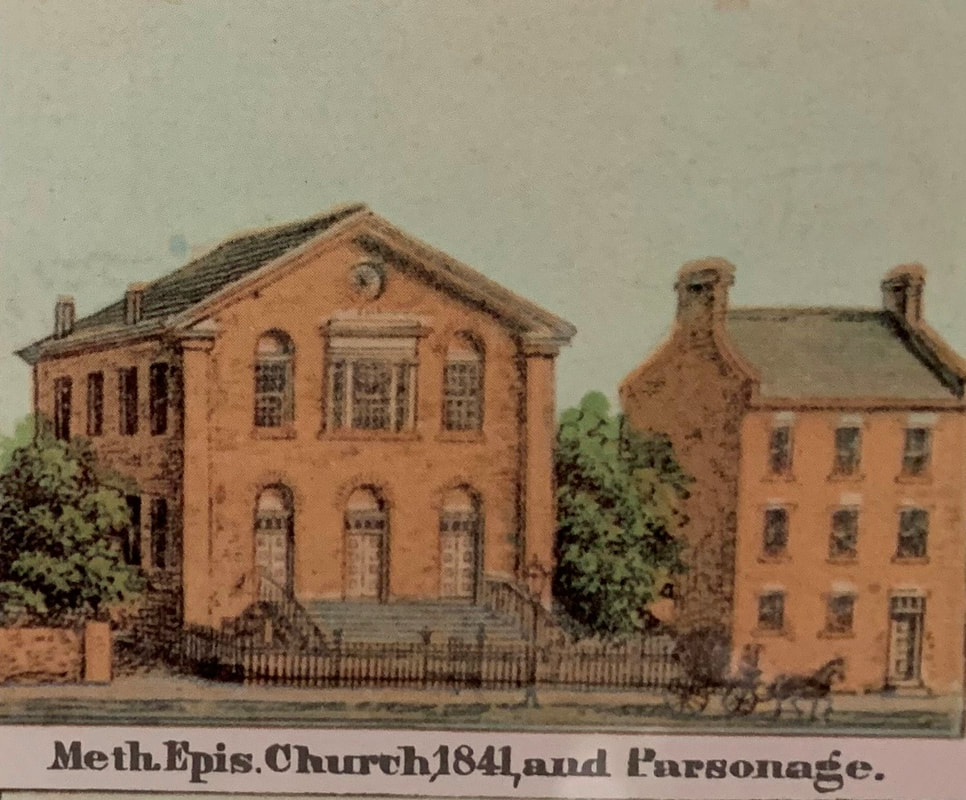
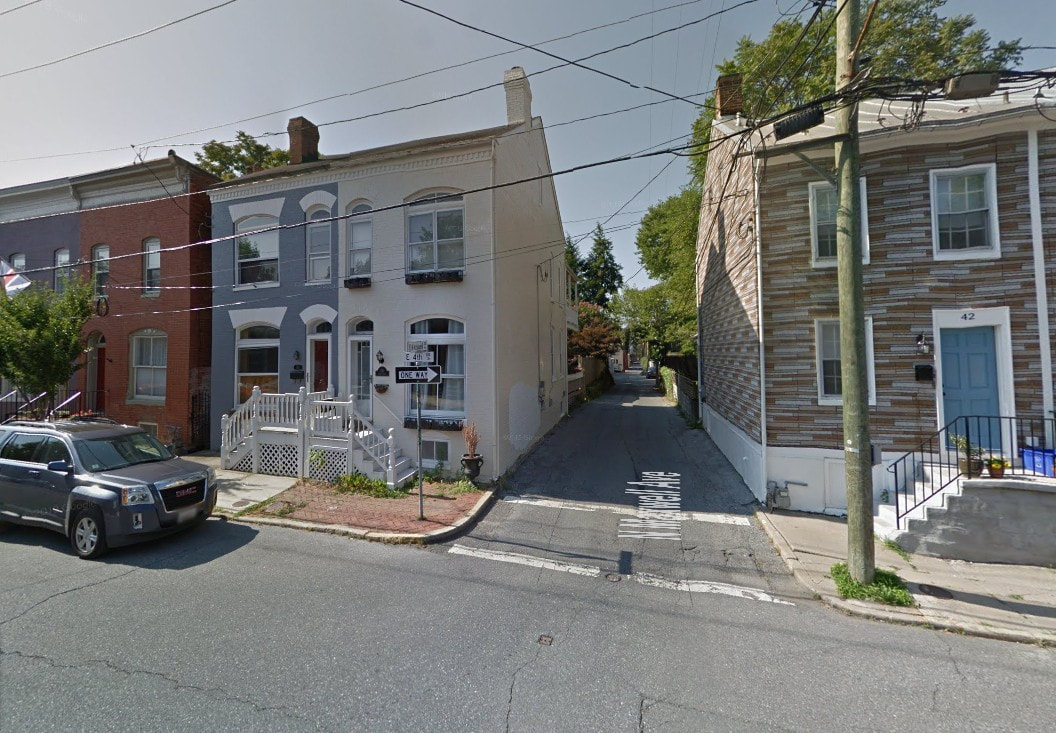
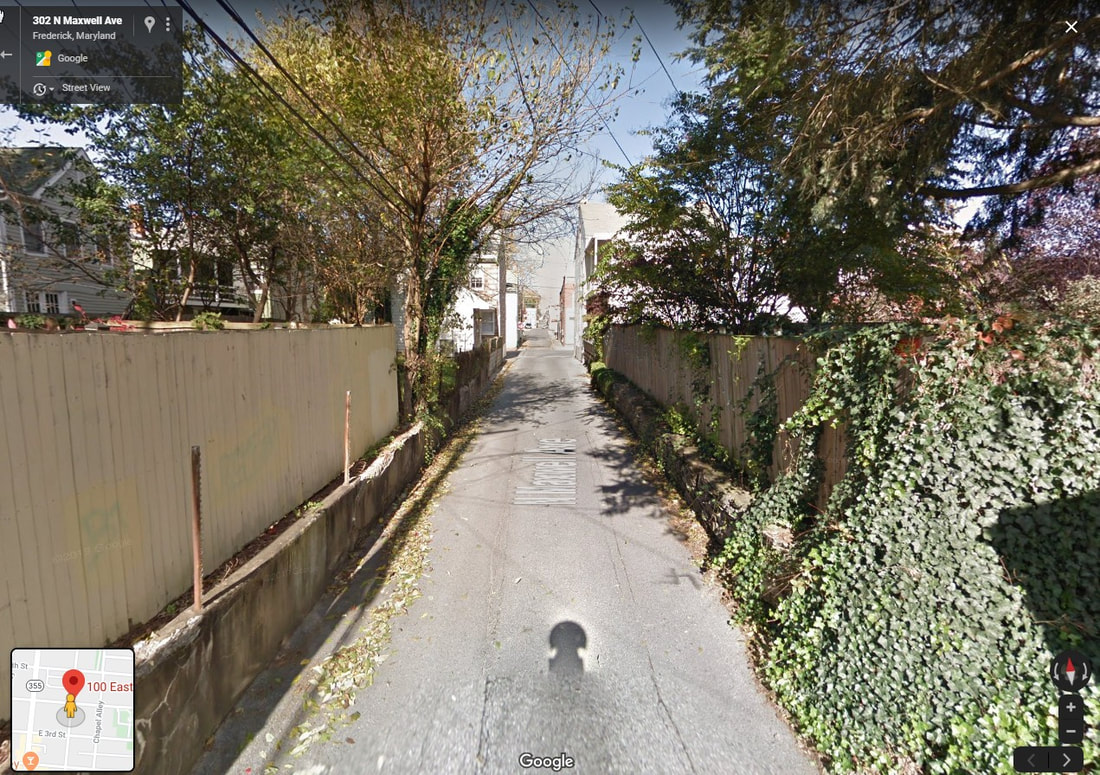
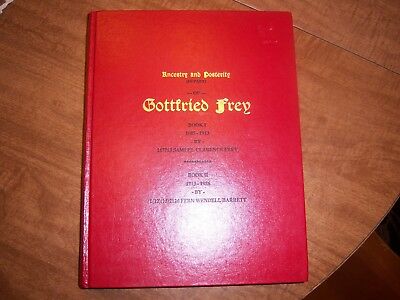

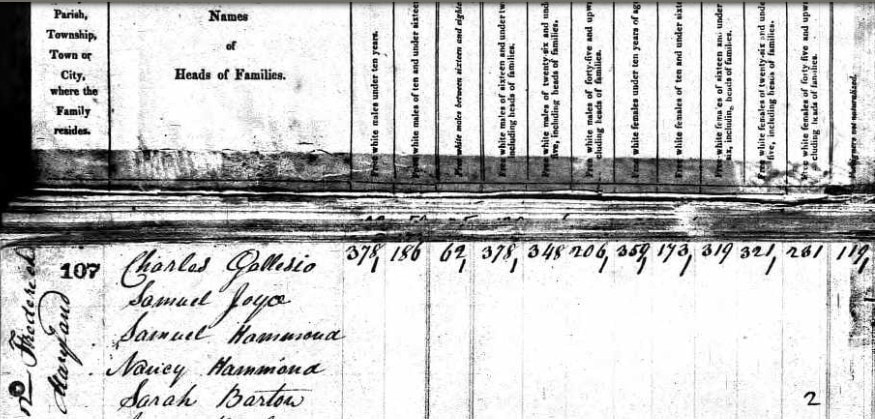
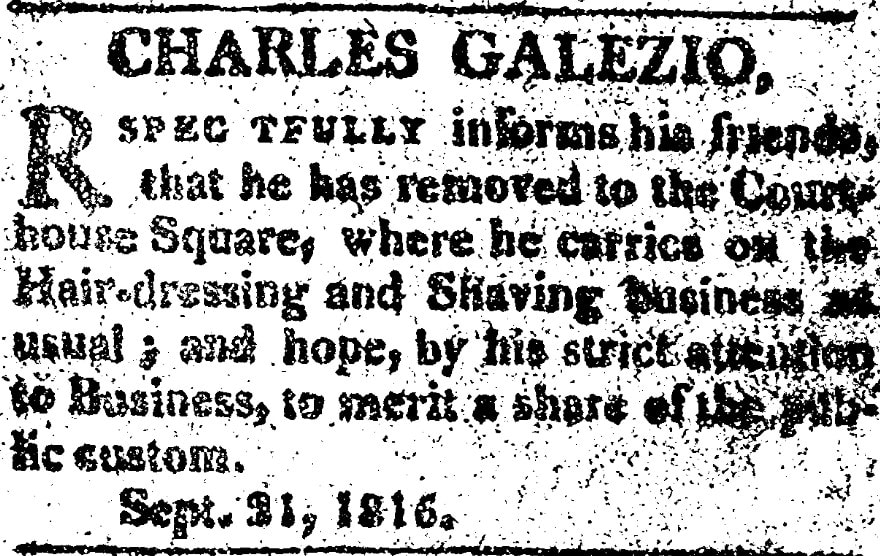
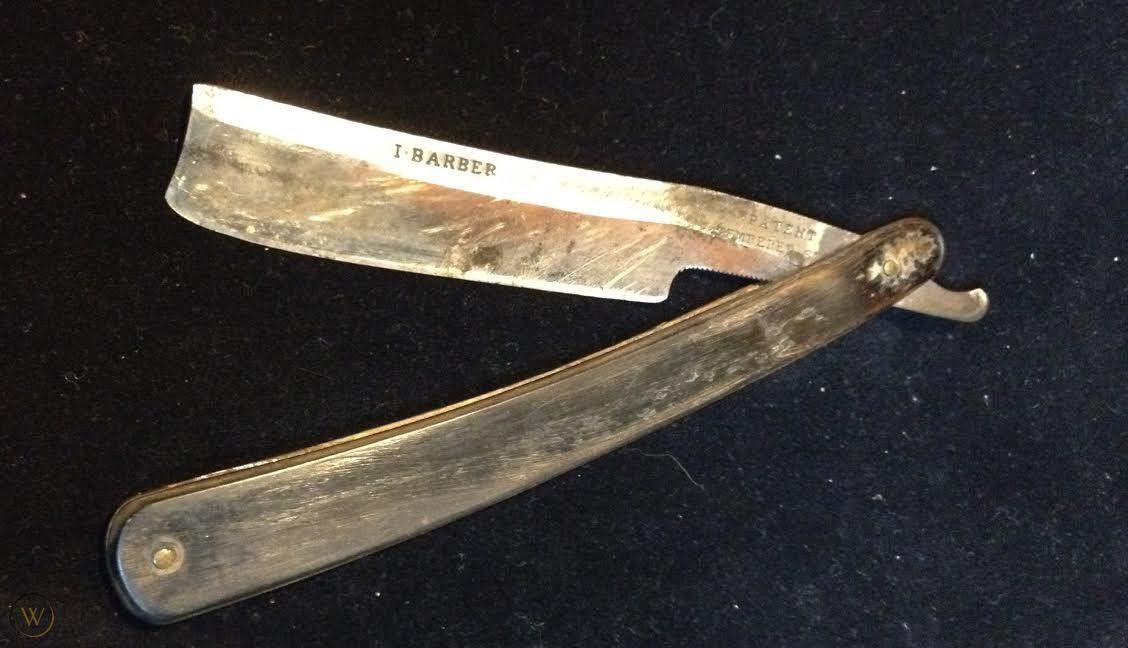
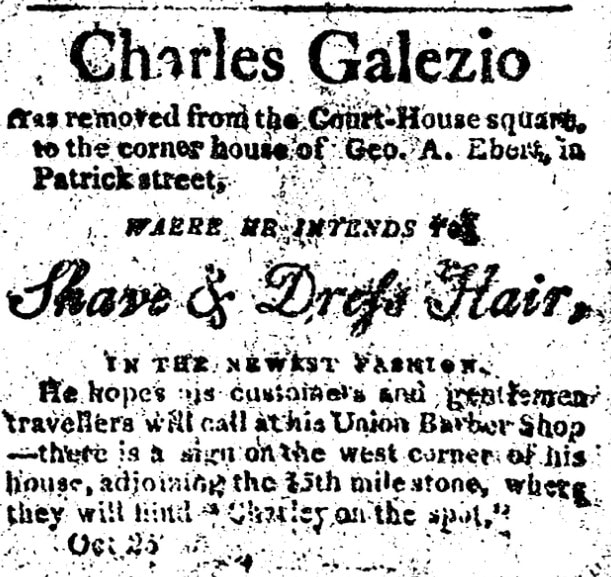
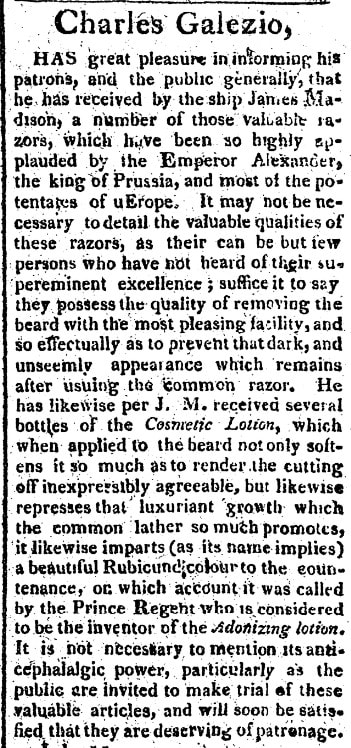
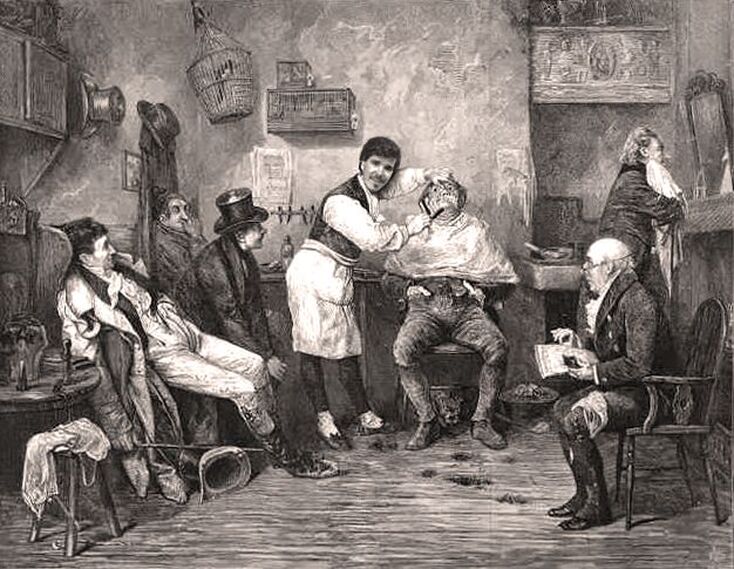

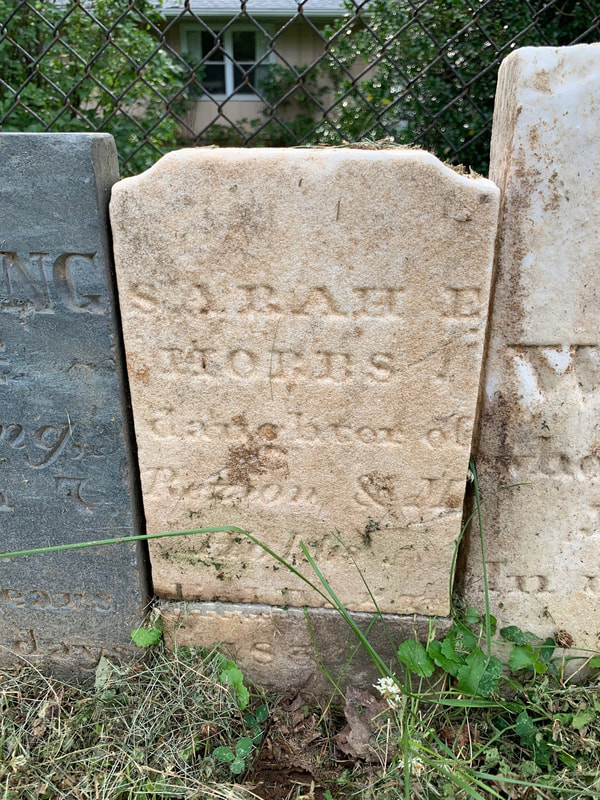
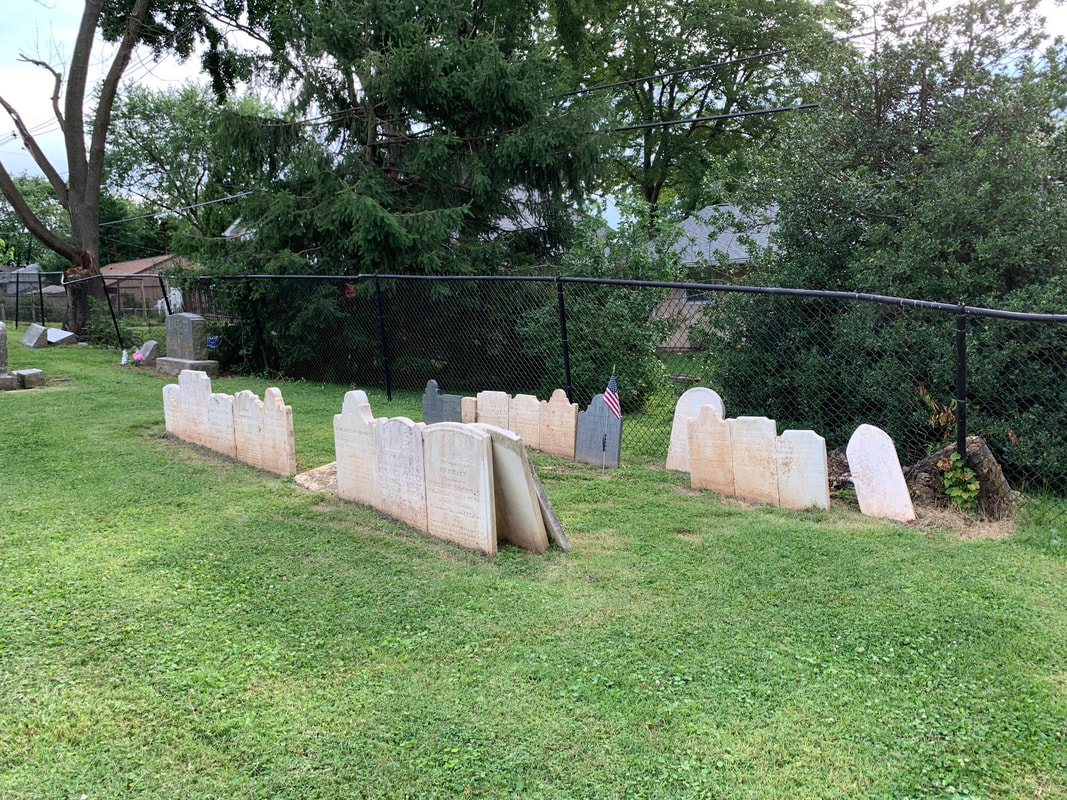
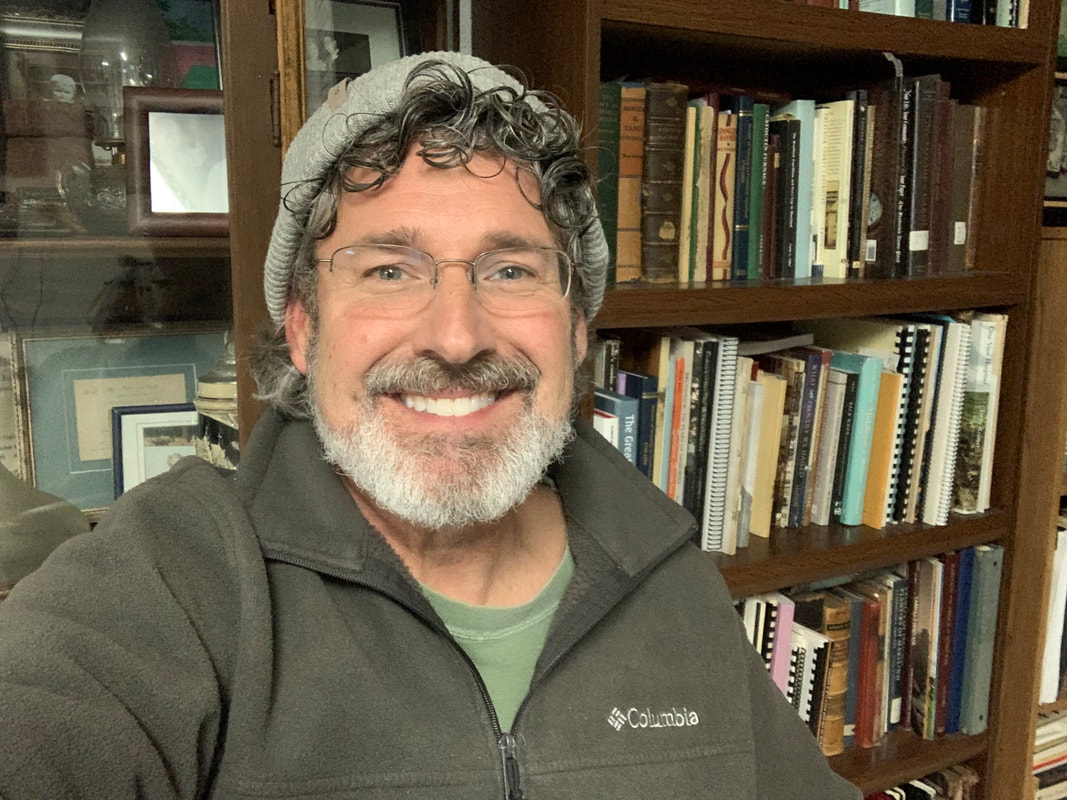
 RSS Feed
RSS Feed